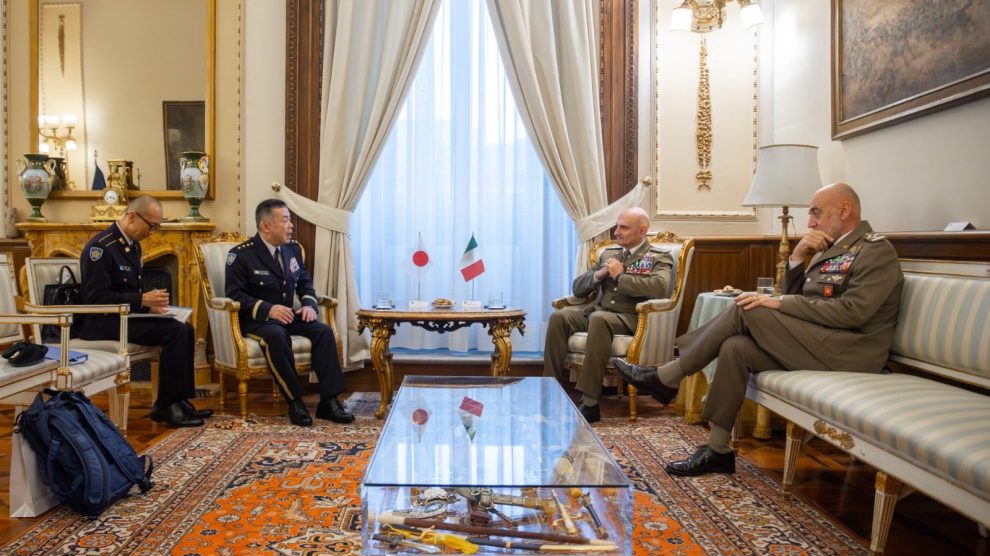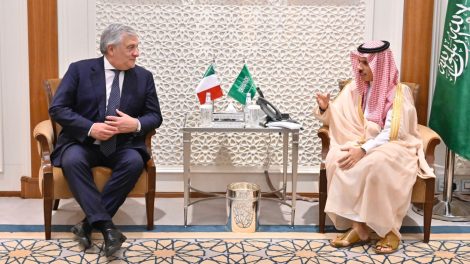The meeting confirms a trend: Rome and Tokyo are turning military cooperation into a form of de facto integration.
What they’re saying: Portolano called the meeting “an important opportunity for dialogue on the global strategic framework, on the current level of defense cooperation between Italy and Japan, and on how to strengthen it in order to contribute to the maintenance of an international order based on the rule of law.”
State of Play: Italy and Japan are not just cooperating — they are aligning systems, technologies, and operational postures.
- GCAP as the cornerstone: Italy, Japan, and the United Kingdom are jointly developing the sixth-generation fighter that will replace the Eurofighter Typhoon and the Mitsubishi F-2.
- Industrial and technological advantage: the program aims to consolidate a stronger industrial base, share costs and benefits, and accelerate the development of advanced military technologies.
- The F-35 axis: Rome and Tokyo host the only two F-35 FACO lines outside the United States.
- Operational cooperation: Italy has deployed its F-35s to Japan for joint drills.
- A symbolic and strategic signal: in 2024, the aircraft carrier Cavour declared Initial Operational Capability (IOC) for the F-35B variant during its stop in Yokosuka — at that time, Italy was the only F-35 operator in the world, besides the United States, to have IOC on the embarked version.
Between the Lines: The military pillar is only one part of a much broader relationship. With the governments of Giorgia Meloni and Sanae Takaichi — the only two women leaders in the G7 — Rome and Tokyo share an increasingly similar worldview.
- The embrace between Meloni and Takaichi at the G20 went viral in Japan.
- Takaichi used the photo among the cover images of her activities at the summit, highlighting the political and values-based dimension of the partnership.
- The two leaders are aligned on Indo-Pacific stability, defense of the international order, relations with the United States, and economic security.
A level of “de facto allies”. Meetings like the one between Portolano and Arai Masayoshi show that Italy and Japan now operate as higher-level like-minded partners.
- They are not formal allies, but they act as such, sharing:
- strategic technology
- growing interoperability
- joint operational presence
- a common understanding of the global security landscape
Rome and Tokyo are building a near-integrated defense architecture, with direct relevance from the Indo-Pacific to the Indo-Mediterranean.
(Photo: X, @SM_Difesa)





